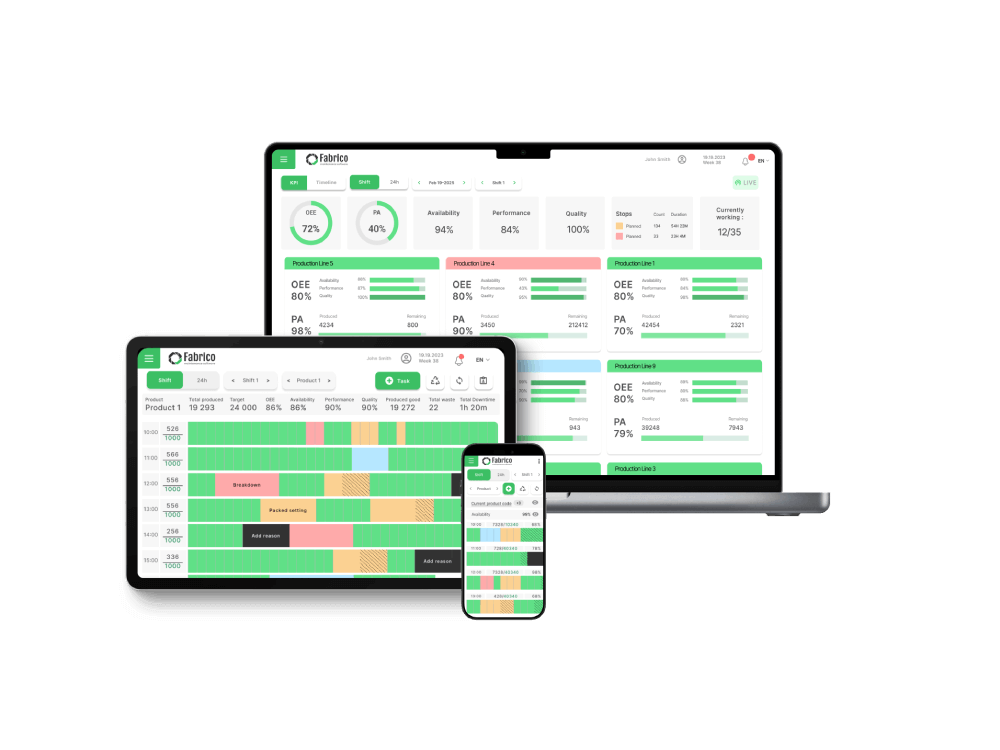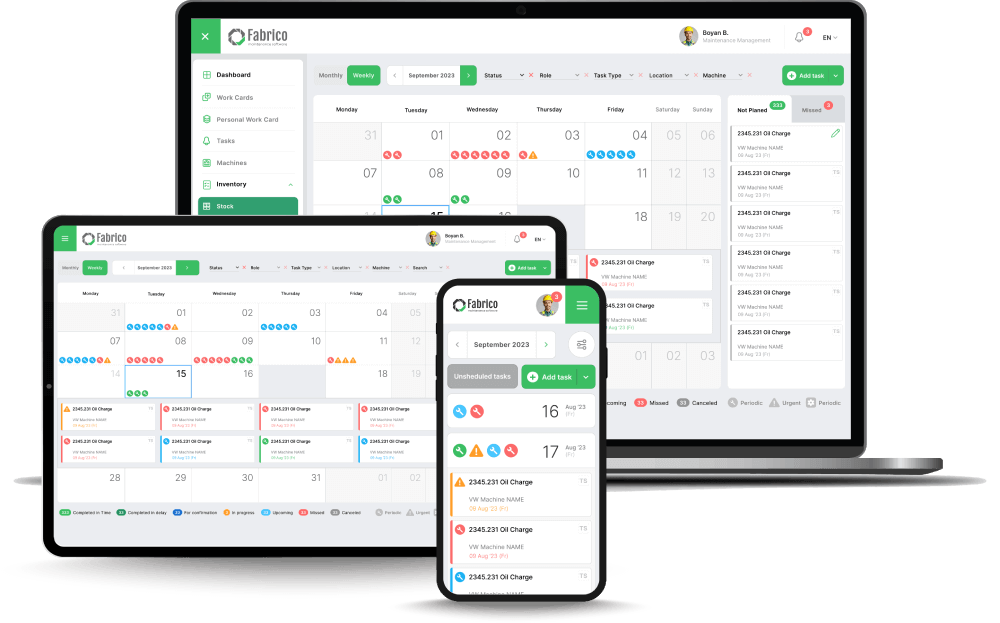Key Considerations When Choosing a CMMS for Your Small Business
Now that you know what features are important, how do you actually pick the right software from the many options available? It's about matching the software's capabilities, usability, and cost to your specific business needs. Here’s what to evaluate:
1. Ease of Use & Implementation:
How intuitive does it feel? During a demo or free trial, can you and your team figure out the basics relatively quickly?
How long will setup take? Getting your asset data and PM schedules loaded initially takes time. Ask the vendor about the typical onboarding process for a business your size. Does the vendor offer help with data import?
What training is required? Is it self-serve through tutorials and help guides, or is formal training needed (and is that included or an extra cost)? Look for vendors with strong, easily accessible support resources.
2. Pricing Model & Affordability:
Subscription (SaaS - Software as a Service) vs. Perpetual License: For almost all small businesses, SaaS is the way to go. You pay a recurring fee (monthly or annually) which typically includes updates, support, and hosting. This means lower upfront costs and predictable expenses. Perpetual licenses involve a large upfront purchase plus potential ongoing maintenance fees, which is usually less feasible for SMBs.
Pricing Structure: Understand how the vendor charges. Is it:
* Per User: Cost increases with each person needing access. Be clear on different user types (admin, technician, requestor) and their costs.
* Tiered: Different price levels offer varying features or numbers of assets/users. Make sure the tier you need fits your budget and includes the essential features.
* Flat Rate: Some vendors offer simple, flat pricing.
Hidden Costs: Ask about implementation fees, training costs, charges for extra support, data storage limits, or fees for specific modules.
* Free Trials or Demos: Never commit without trying it first. A free trial (ideally 14-30 days) or a personalized demo is essential to see if the software is a good fit in practice.
3. Cloud-Based (SaaS) vs. On-Premise:
Cloud/SaaS: The software is hosted by the vendor and accessed via the internet.
* Pros: Accessible from anywhere, no server hardware needed, automatic updates, vendor handles backups and security, typically lower upfront cost.
* Cons: Requires internet connection, reliant on vendor for uptime.
On-Premise: You buy the software and install it on your own servers.
* Pros: More control over data, might not require internet for internal use.
* Cons: High upfront cost, requires IT infrastructure and expertise for maintenance/updates/backups, less accessibility.
Recommendation for SMBs: Strongly favor Cloud/SaaS. The convenience, lower initial investment, and reduced IT burden make it the practical choice for nearly all small businesses.
4. Mobile Capability:
* We touched on this in features, but re-emphasize its importance during selection.
Native App vs. Mobile Web: Does the vendor offer dedicated apps for iOS and Android, or is it a website optimized for mobile browsers? Native apps often provide a smoother experience and better access to device features (like the camera), but a well-designed mobile web version can also be effective. Test it thoroughly during your trial.
Offline Access: If your team frequently works in areas with poor or no internet connectivity (basements, remote sites), check if the mobile app allows them to download work orders and sync data later when back online. This can be a critical feature for some businesses.
5. Scalability:
* Think about your future needs, even if they seem distant now.
Can the system grow with you? If your business expands, can you easily add more users, assets, or locations without needing to switch to a completely different system?
Are advanced features available later? While you want simplicity now, does the vendor offer more advanced modules (like deeper inventory control or purchasing) that you could potentially add on later if your needs evolve? Choose a system that meets your current needs well but doesn't box you in.
6. Customer Support & Training Resources:
* When you run into a question or problem, how easy is it to get help? This is crucial for small businesses without dedicated IT support.
What support channels are offered? (Email, phone, live chat?) What are the support hours? Is support included in your subscription price, or does it cost extra?
What self-service resources are available? Look for a comprehensive knowledge base, video tutorials, user forums, and clear documentation. Good self-service options can save you a lot of time.
Evaluate the quality of support during your trial period if possible – ask a question and see how quickly and helpfully they respond.
7. Integration Capabilities (A "Nice-to-Have" for Most SMBs):
* Does the CMMS need to connect with other software you use, like accounting (QuickBooks, Xero), inventory systems, or IoT sensors?
For most small businesses, extensive integrations aren't essential initially. Focus on getting the core maintenance management right first.
* However, if a specific integration is crucial for your workflow, verify that it exists and works reliably. Some vendors offer integrations via platforms like Zapier, which can connect various web apps.
8. Vendor Reputation & Focus:
Does the vendor understand small businesses? Some CMMS providers primarily target large enterprises, and their software (and pricing) might reflect that complexity. Look for vendors who specifically mention catering to SMBs or have case studies/testimonials from businesses similar to yours.
Read reviews: Check independent software review sites like Capterra, G2, and Software Advice. Look for patterns in comments about usability, support, and reliability, paying attention to reviews from companies of a similar size and industry.
How long has the vendor been around? While newer companies can be innovative, a more established vendor might offer more stability and proven support.






